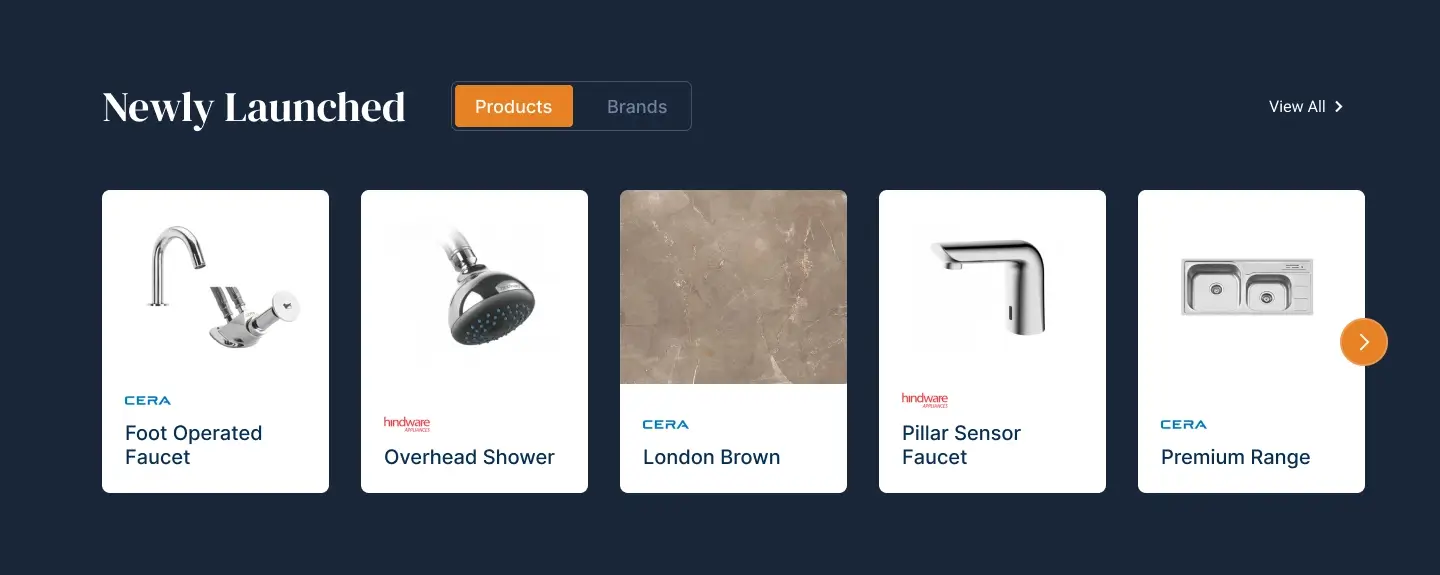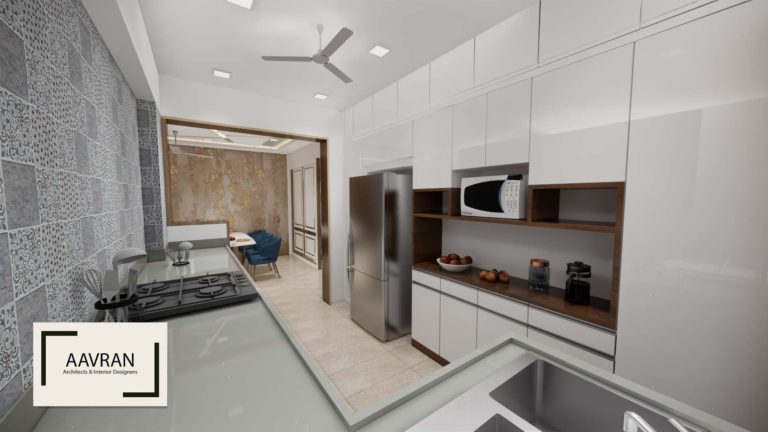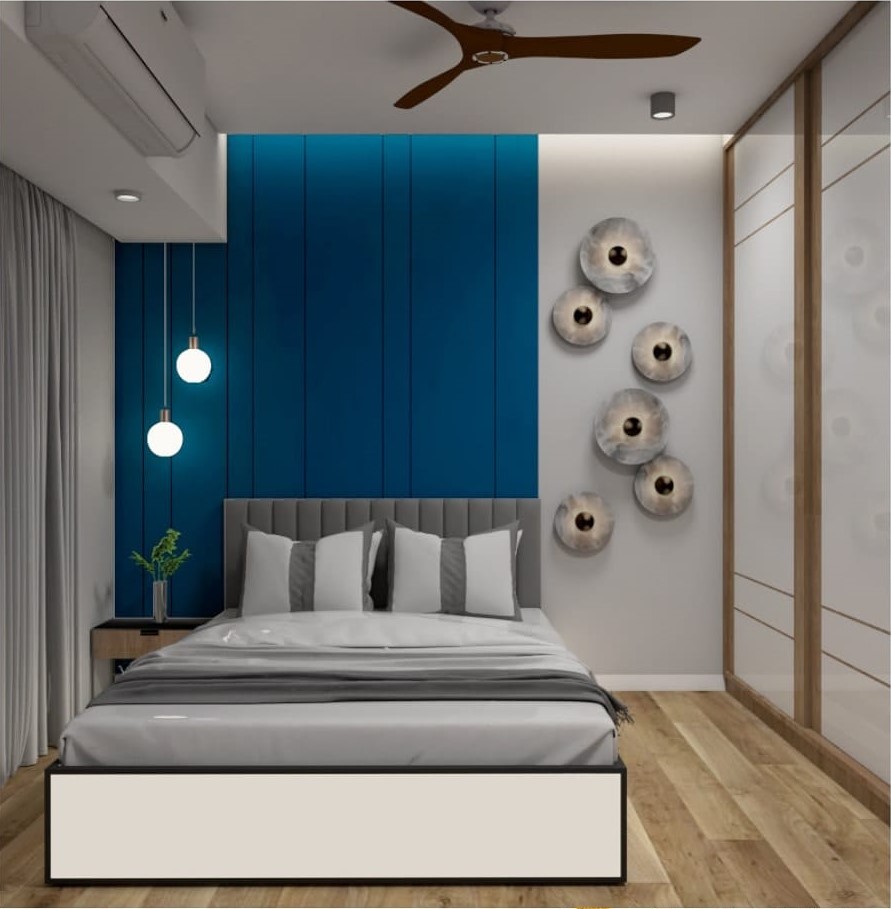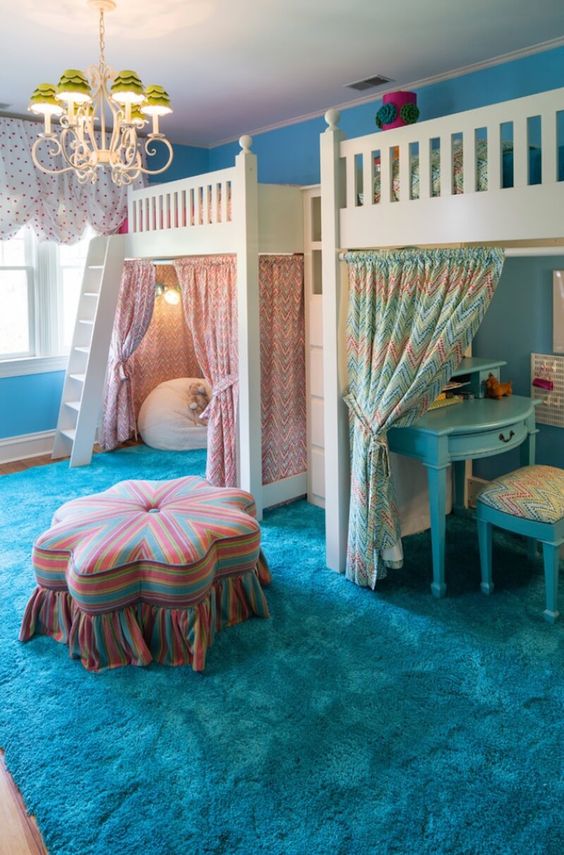
Table of Contents
Rental houses are becoming a popular choice of living for many. Although rentals come with hurdles, a little logic can help save money. For someone like me, who has stayed in different cities, every rental repair was a learning experience.
Out of the many experiences, an incident from Bangalore stands out. After returning home on a long rainy day, I found my roommates sitting in pitch darkness. Nothing seemed unusual until we realized all houses around us had electricity except ours. We had to call in a technician to restore power after exhausting all our ideas to fix the situation. Our landlord redirected us to his technician, on the condition that we must bear the bill. We agreed because we were desperate to get back to normalcy in our lives. Finally, the technician arrived and restored our electricity. However, our ordeal did not end there.
When the bill arrived the next day, we were out for a shock! The amount was almost as much as our monthly rent. Since we had agreed to this, we refrained from calling up the landlord and loosened our pockets. It was all buried until my eyes landed on the agreement, and to our surprise, we weren’t even responsible for paying that bill!
So here we are, trying to decipher things for you, so you don’t fall victim to the same satire life played on us.
Below are a few simple steps to help understand the issue and its tangible solution in rental property maintenance.
Agreement

All the tenants leasing property under formal rentals must sign a contract drafted under the Model Tenancy Act for India, Landlord-Tenants laws in the USA, and specific acts applicable in other countries. These acts provide details of lease terms, definitions, roles and responsibilities, etc. They are periodically updated with relevant changes. The agreement plays a significant role in specifying the responsibilities and duties of landlords and tenants. If no agreement is signed between the owner/landlord and the tenant, resolving disputes later can become challenging.
First Things First! Reading Agreement

First and foremost, learning how to read the agreement is essential. This isn’t just about being language literate. It’s about understanding legal terms well. And, let’s be honest, being distracted while reading it won’t help! Are you still with me? If yes, then let’s proceed. If not, then look at the terms and conditions of the agreement to provide an in-depth understanding of your rights and obligations.
Before we dive into the main responsibilities of maintaining a rental property, let’s clearly define fixtures, applications, and wear and tear.
Rental Repair – Fixtures

The Oxford Dictionary defines Fixtures as tangible goods, immovable parts of a house or a building. Now imagine a place without taps and you find loose wires running around the house like cobwebs. It would make for a great horror movie set, but certainly not a liveable rental home!
Fixtures are of two types: fixed and moveable. For example, taps are movable, whereas the pipes supplying the water are fixed.
Appliance

Appliances are defined by the Oxford Dictionary as “machines designed to do a particular thing in the home, such as preparing food, heating or cleaning.” In short, most movable objects or extensions fall under the category of appliances. The next logical step is to understand wear and tear, as this helps the extent of the damage.
Wear and Tear & Damages

Appliances and fixtures undergo wear and tear over time. Issues such as pipe leakage, paint peeling, staining, mild scratches and cracks in flooring, furniture, and other structural elements are all part of everyday wear and tear. Factors such as the type of materials, ageing, and usage play a significant role in this process. The Central Public Works Department report has classified any other major structural damage and breaking of appliances beyond the scope of normal wear and tear.
Understanding Rights & Responsibilities

Tenancy Acts worldwide have listed the responsibilities of the owner and the tenant. The Model Tenancy Act 2021 for India and the Revised Uniform Residential Landlord And Tenant Act (2015) in the USA have set specific rules for both parties.
The owner must provide fixtures, as they are essential components of the property. However, appliances and furniture depend on the type of house—unfurnished, semi-furnished, and fully furnished. Some facilities provide appliances for rent, which is a separate case. Each fixture and appliance provided by the owner must be clearly specified in the rental agreement.
Below is a breakdown of the responsibilities of each party when it comes to maintaining and fixing rental property.
Owner

The owner is responsible for the following:
- Major Structural repairs.
- Painting of walls, doors and windows.
- Changing of plumbing pipes.
- External and internal electrical wiring when necessary.
- Main access locks.

Courtesy - Rawpixel

The tenants will be held responsible if they cause any of the above damages. Also, owners do not have any right to restrict access to essential services like gas, electricity, sanitation, security, or movement services. In the event of destruction due to unforeseen circumstances such as natural calamities, the owner is responsible for restoring the property to livable conditions.
Tenants

Tenants are responsible for ensuring that rental premises remain in livable condition beyond normal wear and tear. Along with that, there are specific responsibilities, which include:
- Periodic minor rental repairs.
- Drain cleaning.
- Minor repair of Bathroom, kitchen fixtures and appliances.
- Replacement of sockets, circuits, and everyday fixtures.
- Replacement of knobs and locks of doors, cupboards, windows, fly-nets, glass panels, doors, etc.
- Maintenance of gardens.
- No alteration or addition can be made to the premises.
If the home becomes uninhabitable, the tenant must notify the owner in writing. If no action is taken, the tenant has the right to vacate the premises within 15 days with a written notice.
Money Matters!

The owner’s secret weapon is the tenant’s security deposit. Any damage caused by the tenants’ negligence that reduces the property’s value will be their responsibility, requiring them to forfeit a portion of their security deposit.
In some cases, due to unforeseen conditions, tenants may end up paying certain bills on behalf of the owner. They can recover these expenses later by furnishing the original invoices or asking the owner to deduct the amount from the rent in subsequent months. However, tenants should ensure that such payments are settled within a month.
Last but not Least!

Before settling on the final property, make sure the windows are clear of fog and dust, allowing you to check for any major damage and defects in the house. Also, ensure that the agreement includes all the critical clauses related to rental repair. The best way to avoid future mayhem is to click the photos of the property before moving in. And when in doubt, always refer to the agreement before spending any money.
FAQ’s Regarding Rental Repair Responsibilities
01. Who is responsible for major structural repairs in a rental property?
The landlord is responsible for major structural repairs, such as those involving walls, plumbing pipes, and electrical wiring, as specified in the tenancy agreement.
02. What constitutes normal wear and tear in a rental property?
Normal wear and tear includes issues like paint peeling, mild scratches on the flooring, or minor cracks that occur over time due to regular use. Anything beyond this, such as major structural damage, is typically not considered normal wear and tear.
03. Can a tenant make changes or additions to the rental property?
No, tenants are generally not allowed to make alterations or additions to the rental property without the landlord’s explicit permission.
04. What should a tenant do if a repair is urgently needed, but the landlord is unresponsive?
Tenants should notify the landlord in writing about the issue. If no action is taken within a stipulated period (e.g., 15 days), the tenant may choose to vacate the property after providing written notice or consult local tenancy laws for further steps.
05. How can tenants ensure their security deposit is returned in full?
Tenants should document the property’s condition through photos before moving in, address minor repairs, and ensure no significant damage beyond normal wear and tear occurs during their stay. This documentation can serve as proof if any disputes arise.






























